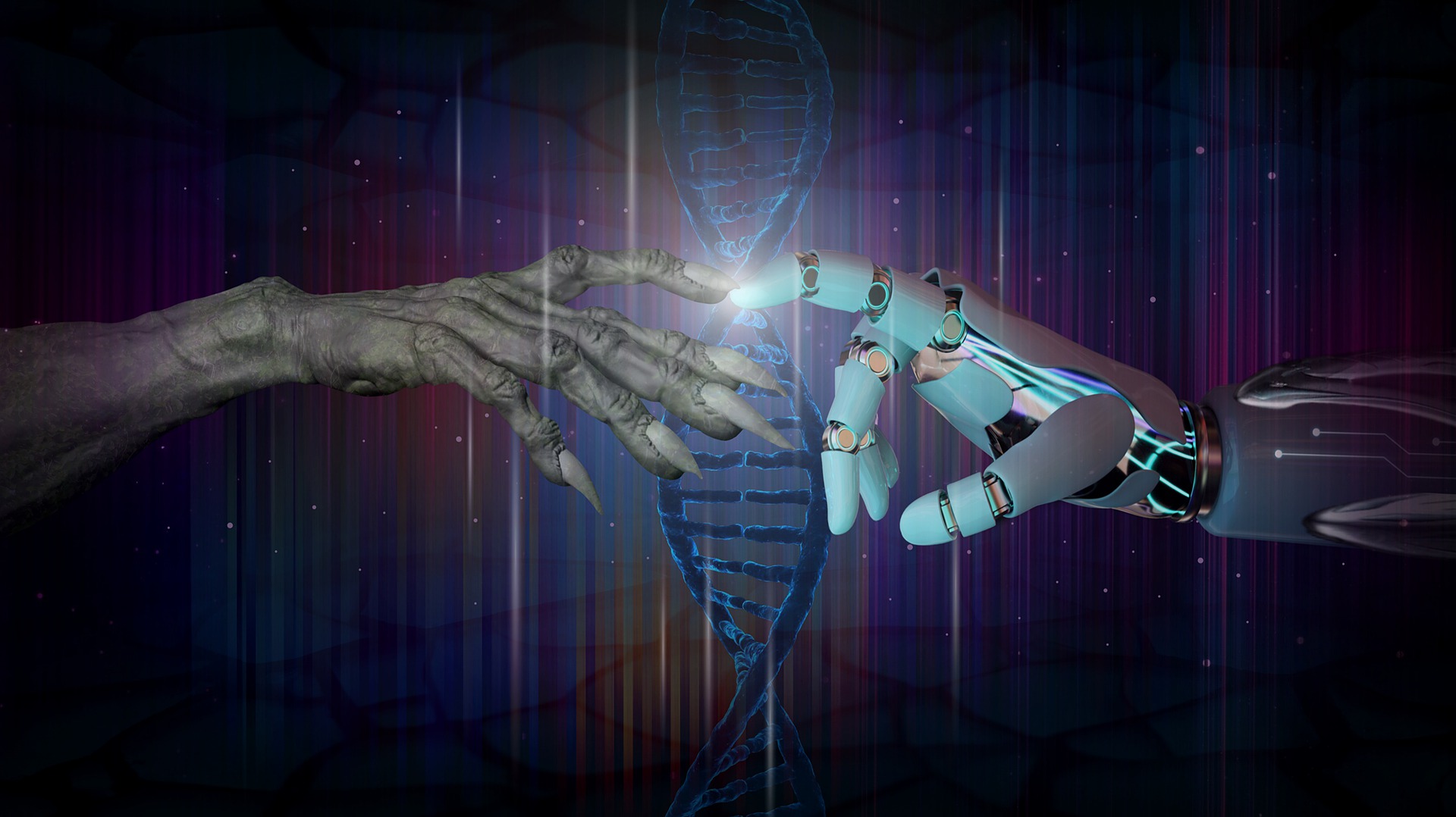News & Research on Psychology | ShareYrHeart
Illusions are created by the eyes, not the brain.
Published
11 months agoon
By
ShareyrheartSummary: Illusions are created by the eyes, not the brain. The way our eyes and brain work can cause us to see visual illusions, according to new research. It’s not because of complicated thoughts or feelings.
Scientists studied how an object’s surroundings can change how we perceive its color or pattern.
For a while, experts have argued whether illusions happen because of how our eyes and brain process information or because of our thoughts and what we already know.
Source: University of Exeter

A new study shows that illusions are caused by simple limits in our brain’s response, not deeper psychological reasons. Jolyon Troscianko from the University of Exeter helped create a model to explain this.
Dr. Troscianko from Exeter University in Cornwall said that our eyes send signals to the brain by making nerve cells fire faster or slower.
But, they can only fire so fast. And no one has thought about how this might change how we see colors.
The model uses a concept called “limited bandwidth” and knowledge about how we see patterns at different sizes. It also assumes that we see things best when we’re looking at nature.
Some smart people made a tool to guess what colors animals can see. They also found out that it can guess why some pictures look weird to us.
Research and discovery
Dr. Troscianko said that this makes us question what we previously thought about how visual tricks and illusions work.
He said that the results also explain why many people prefer to buy high-quality TVs.
Newer TVs can show very bright white areas that are 10,000 times brighter than the black parts. This makes the picture look real.
It’s mysterious how our eyes and brains can cope with this difference in brightness because studies have demonstrated that the most significant difference in brightness that we can distinguish at one size is approximately 200:1.
Our eyes are connected to our brains by neurons that can only process a difference in brightness.
The model explains how our brain cells are designed to use all of their capabilities very accurately.
As an example, some brain cells can detect small changes in gray color at average size, but can’t handle big changes in color.
Meanwhile, cells in our brain that detect differences in colors on a large or small scale are not as sensitive as other cells, but they can work over a wider range of differences, making really strong black-and-white contrasts.
This shows that a system with limited abilities can still see very big differences.
The article, “A model of how we see colors,” was printed in a magazine called PLOS Computational Biology.
Source : University of Exeter
Reference : ScienceDaily
Image Source : Canva



